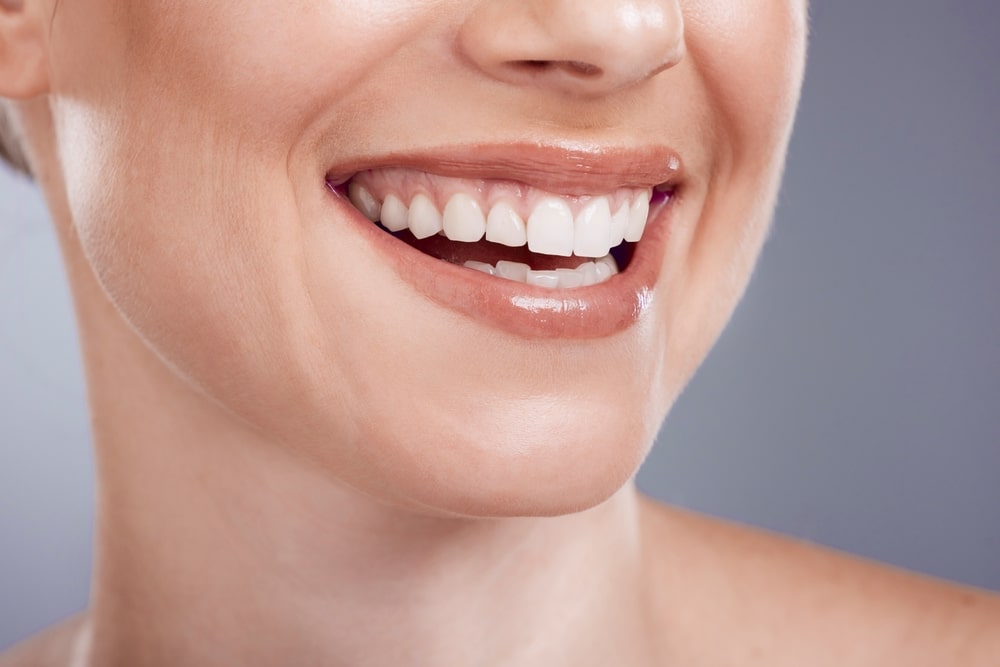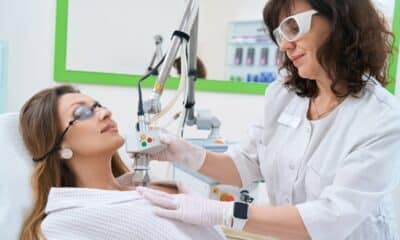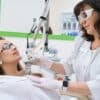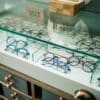Transforming Lives with Implants and Facial Aesthetics: Restoring Smiles, Chewing Function, and Harmony
In contemporary dentistry, few interventions combine functional restoration and psychosocial impact as profoundly as dental implants. Far beyond a cosmetic enhancement, implantology is a comprehensive rehabilitation process that reinstates mastication, speech, facial structure, and patient confidence. When integrated with advanced facial aesthetic procedures, the transformation becomes even more complete, aligning oral health, facial harmony, and overall well-being.
In the interior of São Paulo, Dr. Orlando Travitzki Neto—a reference in implant dentistry and complex oral rehabilitations—and Dr. Marcella Falcão de Souza Bianchin Travitzki—specialist in endodontics and integrated facial harmonization—lead this multidisciplinary approach at Espaço Santé Odontologia Avançada.
Implant Dentistry: Foundations and Technological Advances
Implantodontia is the dental specialty focused on the surgical placement of dental implants—artificial roots, typically made of titanium, that are anchored in the alveolar bone to support crowns, bridges, or dentures. The breakthrough concept of osseointegration, discovered by Swedish researcher Per-Ingvar Brånemark in the 1950s, revealed titanium’s unique ability to form a stable biological bond with bone tissue, creating a durable and biocompatible foundation for dental prosthetics.
As Dr. Orlando explains:
“Implantology is not simply about replacing missing teeth. It’s a precise sequence of diagnosis, biomechanical planning, surgical execution, and prosthetic integration. A successful case depends on adequate bone volume, the quality of soft tissues, and the ability to predict occlusal forces over time.”
Modern implantology incorporates 3D imaging, guided surgery, and computer-aided prosthetic design to increase precision and reduce patient recovery time. Immediate loading protocols—where implants are placed and restored in the same session—are possible in over 90% of cases treated at Espaço Santé, significantly shortening treatment timelines.
Complex and Multidisciplinary Cases
Many patients present with advanced periodontal disease, multiple tooth loss, or severe occlusal wear from bruxism. In such scenarios, Dr. Orlando employs bone grafting, guided tissue regeneration, and sinus lift procedures when necessary.
“Our priority is biological stability. An implant should not just integrate initially; it must remain functional under physiological loads for decades. That requires a thorough understanding of biomechanics and peri-implant tissue health,” he notes.

Following the surgical phase, Dr. Marcella integrates facial aesthetic considerations into the rehabilitation plan.
“When dental structures are restored, we reestablish function and facial support. But the perioral region—skin, muscles, and soft tissue—also needs to reflect that health. Harmonization procedures allow us to complete the transformation in a way that feels natural and balanced,” she explains.
Integrated Facial Harmonization
Dr. Marcella applies minimally invasive techniques to complement oral rehabilitation. These include:
- Biostimulators (calcium hydroxyapatite, poly-L-lactic acid) to stimulate collagen synthesis, improving skin firmness and elasticity.
- Botulinum toxin to reduce hyperactivity of facial muscles, softening expression lines and optimizing smile dynamics.
- Digital smile design and facial simulation to pre-visualize the aesthetic outcome, ensuring that dental and facial components are perfectly aligned.
“Our approach uses harmonization not as a standalone cosmetic service, but as part of a structured, data-driven plan. We evaluate occlusion, facial proportions, and patient expectations before recommending any adjunctive procedure,” Dr. Marcella emphasizes.
Functional and Psychosocial Benefits
Tooth loss has systemic repercussions: impaired mastication affects digestion and nutrient absorption; speech can be altered; and bone resorption leads to facial collapse over time. Dental implants restore occlusal efficiency, stabilize jaw function, and preserve alveolar bone.
From a psychosocial perspective, smiling plays a pivotal role in non-verbal communication and self-perception.
“A confident smile alters posture, changes how patients engage socially, and can even influence professional opportunities,” says Dr. Orlando.
“When patients see harmony in their face and smile, they often tell us they feel like themselves again—sometimes for the first time in years,” adds Dr. Marcella.
Technology as a Precision Ally
At Espaço Santé, digital workflows streamline every stage of treatment. Dr. Orlando uses Cerec and Chairside CAD/CAM systems for same-day prosthetic fabrication, eliminating the need for multiple laboratory steps. Dr. Marcella incorporates intraoral scanning and 3D simulation software not only for dental planning but also for mapping facial volumetrics.
“Digital protocols minimize human error, reduce chair time, and improve patient comfort. But the critical step is interpreting the data—technology provides precision, but clinical judgment ensures success,” Dr. Orlando explains.
A Human-Centered Philosophy
Despite the advanced technology, the Travitzkis emphasize human connection. Their patient care model includes:
- Transparent communication about procedures, risks, and expected outcomes.
- A welcoming clinical environment that reduces anxiety through sensory details like lighting, scent, and sound.
- Ongoing follow-up to monitor healing and maintain results over the long term.
“Dentistry is not just applied science; it’s also about empathy. Many patients come to us carrying trauma from past experiences. We rebuild not only teeth and smiles but also trust,” says Dr. Marcella.
Training, Leadership, and Legacy
Dr. Orlando, a graduate of Universidade Paulista (2004), is a specialist in Implant Dentistry and Periodontics with training in advanced surgical techniques, occlusal plastic surgery, and regenerative therapies. Dr. Marcella, a graduate of the University of São Paulo, specializes in Endodontics and advanced facial aesthetics, bridging the gap between restorative dentistry and cosmetic enhancement.
Both mentor other dental professionals, focusing on team training to maintain excellence across all phases of treatment.
“Leadership in dentistry is not just about technical skill; it’s about transmitting values of precision, ethics, and patient respect,” Orlando affirms.
The Broader Impact: Why Smiles and Chewing Matter
A healthy smile and functional chewing are essential components of overall health. Efficient mastication ensures proper mechanical breakdown of food, supporting optimal digestion and nutrient absorption—key factors in metabolic health and disease prevention. Smiling, in turn, is neurologically linked to emotional regulation, stress reduction, and positive interpersonal interactions.
When oral function and facial harmony are restored, patients experience benefits that extend beyond the mouth: improved nutritional intake, enhanced speech clarity, better facial support, higher self-confidence, and a greater willingness to engage socially.
“In essence, we are not just restoring teeth. We are giving patients back the ability to nourish their bodies, communicate without self-consciousness, and express themselves freely. That is the true power of integrated dentistry,” concludes Dr. Marcella.














